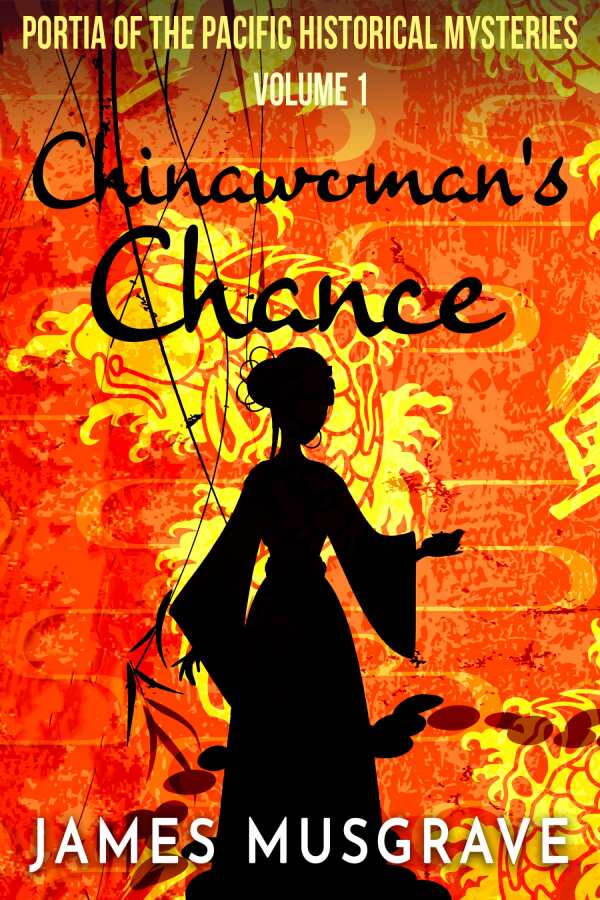Chinawoman's Chance
Chinawoman’s Chance is an engaging mystery with a historically informative feminist bent.
A gruesome murder makes way for an unexpected romance in James Musgrave’s Chinawoman’s Chance.
The first book in the Portia of the Pacific series, Chinawoman’s Chance starts the series well, utilizing historical figures as principal characters while shining a light on a sordid aspect of US history. The story is set in San Francisco two years after the 1882 Chinese Exclusion Act, and is fronted by Isaiah Lees, the first hired policeman of the San Francisco Police Department, and Clara Shortridge Foltz, the first woman on the West Coast to serve as a public defender.
Detective Isaiah Lees and his assistant Dutch are investigating the grisly death of a prostitute when their case swiftly morphs into one with more complexity. George Kwong, the son of one of the leaders of the Chinese Six Companies, is arrested, reputed to be the murderer.
Because of Clara’s courageous cases in defense of voiceless women and immigrants, the Chinese leaders bribe her to represent George. Clara, who is in need of an interpreter, employs her close friend Ah Toy, the wealthy madam of Chinatown.
Isaiah meets with Clara and the foursome quickly form a tight unit to target the real killer. In the meantime, a romance unfurls between Isaiah and Clara. Although there isn’t much detail about Clara’s crumbling real-life marriage, there is enough factual information to make Isaiah and Clara’s romance both feasible and believable; their love provides a light release within a tense murder mystery.
The book ably aligns its historical characters to their fictionalized personalities. Both Isaiah’s and Clara’s phlegmatic demeanors fit well with the social graces of the period, as do their approaches to romance.
Besides Clara and Isaiah, the story incorporates other historical figures, including Ah Toy, a Cantonese-born prostitute turned affluent madam. Other historical elements befitting the era include the “benevolent association” called the Tongs and landmarks such as Waverly Place and the Tin How Temple.
Writing segues smoothly from one scene to the next; chapters close on cliffhangers. Various themes center on racism. Derogatory terms are included, as well as evidence of inequality, prostitution, and corruption, especially through the oppressive web between Manchu leaders and American moguls.
The most prominent theme, prevalent in Clara’s viewpoints, is women’s independence, including entrepreneurial opportunities and the right to vote. Narrative tension builds around Clara’s feisty determination to nail the culprit even if it means putting her life on the line.
While Chinawoman’s Chance portrays Buddhist spirituality with an unflattering mix of spiritualism and superstition, the skewed imagery blends nicely with the development of the narrative. The story closes on a satisfactory note, setting the groundwork for the next book in the already alluring series.
Chinawoman’s Chance is an engaging mystery with a historically informative feminist bent.
Reviewed by
Anita Lock
Disclosure: This article is not an endorsement, but a review. The publisher of this book provided free copies of the book and paid a small fee to have their book reviewed by a professional reviewer. Foreword Reviews and Clarion Reviews make no guarantee that the publisher will receive a positive review. Foreword Magazine, Inc. is disclosing this in accordance with the Federal Trade Commission’s 16 CFR, Part 255.

